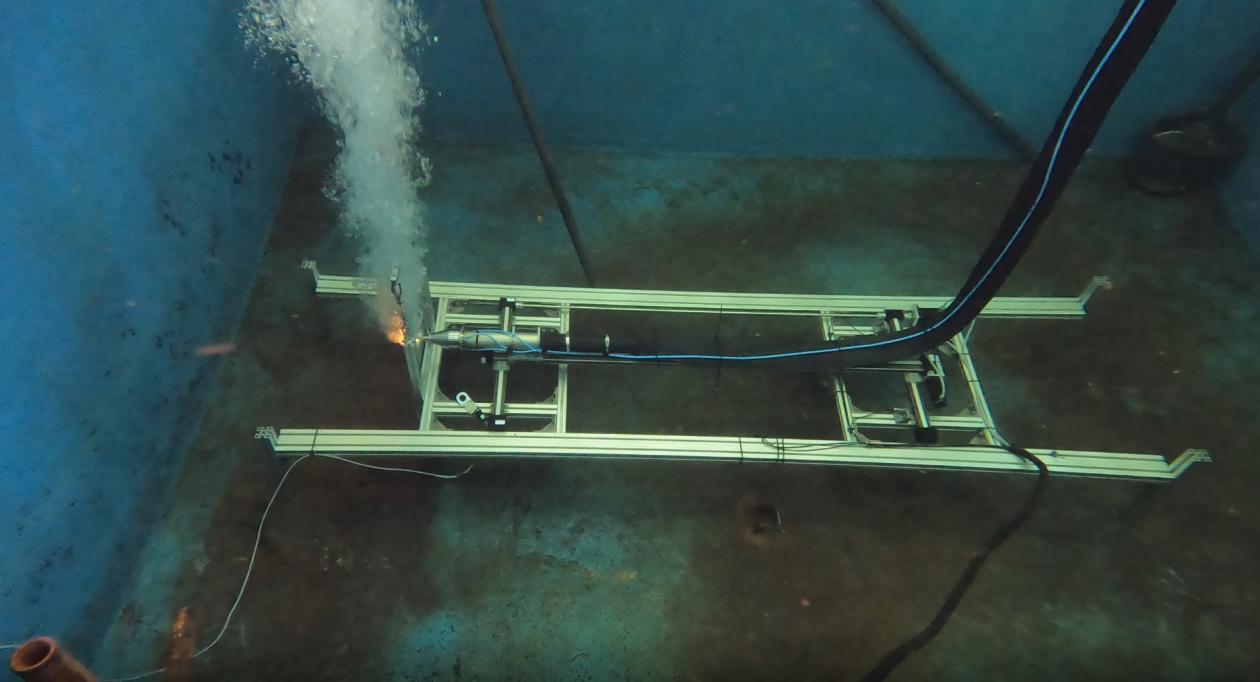Laser cutting reduces filter effort during reactor dismantling
More and more nuclear power plants are reaching their maximum service life or are decommissioned due to the nuclear phase-out. To reduce the additional effort of water filtration during dismantling, scientists at the Laser Zentrum Hannover e.V. (LZH) have developed and validated a laser-based cutting process. With this method, up to 95 percent less radioactively contaminated secondary waste is released into the water when the reactor vessel internals are cut.
In direct dismantling, the reactor components are disassembled on-site within the cooling water. For this approach, the Underwater Technology Group at LZH has taken advantage of a particular property of laser cutting: the melt from the joint remains attached to the sheet while cutting. In conventional processes, such as waterjet cutting or cutting with saw blades, material from the joint and, depending on the process, additional abrasive may be transferred to the cooling water. The water must then be cleaned of this secondary waste at great expense.
Parameters optimized:
95 percent less secondary waste released
By cleverly adjusting parameters such as laser power, gas pressure, and cutting speed, the researchers could reduce the weight loss when cutting stainless steel sheets by up to 95 percent. Correspondingly, less secondary waste passes into the water. The process works similarly for zirconium alloys, another common material for reactor components.
Successful tests at the Underwater Technical Center in Hanover
The group successfully cut three and fifteen-millimeter-thick stainless steel sheets at a water depth of four meters in the Hanover Underwater Technology Center of Leibniz University. To do this, they developed and built laser optics optimized for cutting power plant components underwater. They conducted the experiments using a mobile disk laser from LASER on Demand GmbH, an LZH spin-off. As part of the validation, the LZH's Underwater Technology group, together with its partner Orano GmbH, Nuremberg/Germany, raised the process from laboratory scale to near-industrial conditions, corresponding to Technology Readiness Level 6.
About AZULa
The project "Automated separation of reactor pressure vessel installations using underwater laser technology" (AZULa) was carried out together with the Orano GmbH. AZULa was sponsored by the Federal Ministry of Education and Research (BMBF) under grant number 15S9408 by the project coordinator Gesellschaft für Anlagen- und Reaktorsicherheit gGmbH (GRS).

